
- sophiaguo@sbmsolartech.com
- Home
- product
- Solar Lights
- Other Solar Products
- Street Light Pole
- Application
- Project
- About Us
- Blog
- Contact
Post time: 2020-11-11 10:16:23
As solar powered LED lights have amassed popularity in the past few decades due to rising energy prices and emerging renewable energy technologies, the most widely discussed industry question begs the comparison between on-grid traditional street lights and solar energy lights. When weighing the arguments on each side, it really depends on your individual perspective in choosing which type of lighting system better suits your needs. Are you looking to reduce your electricity bills to zero or are you trying to avoid maintenance costs of replacing and repairing your sodium lights? Are you considering to install new light poles in a location where electric grid is not available and want to avoid the high cost of trenching and cabling? Alternatively, are you opting for leaving your AC infrastructure intact and avoiding long-term investment in solar energy lighting? If you had a chance to see a malfunctioned standard street light in your neighborhood, blinking occasionally, or wondered why solar street lights are not installed on each corner, stay tuned to learn more about the main differences between the two.
Solar street lights provide lighting without the need of standard electrical power. They are not connected to the electrical grid infrastructure and are completely independent or off-grid. Photovoltaic modules or solar panels harvest the sunlight during the day and convert it into energy, which is then stored in a dedicated battery system. The solar charge controller is a core component of the lighting system that regulates the battery storage capacity and ensures longer life cycle. During the night, the stored energy is distributed as power for LED lighting. Traditional or conventional (metal halide or high pressure sodium) street lights draw their power from standard electrical grid, which generates energy from fossil fuel (non-renewable) sources.
Solar powered street lights are built on sustainability with very low environmental impact since they use unlimited renewable energy sources that are economical, safe and good for the environment. The solar lighting system replenishes energy from the sun every day and does not produce harmful CO2 emissions. You may wonder just how much is the opportunity cost of not utilizing more renewable energy sources to cover our energy consumption. For example, the amount of sun that hits the Earth’s surface in just one hour is enough to cover the global energy consumption for entire year. By covering a land area about the size of Spain with solar panels, the energy generated would be enough to power the whole world. The use of electricity to drive conventional outdoor lighting leads to production of carbon dioxide. For instance, if global traditional street lights were converted to solar street lights, this would reduce global electricity consumption for lighting by more than 52% avoiding 735 million tons of CO2 each year.
Lifetime Cost: If we take into account only the purchase price, the initial investment into off-grid solar LED street lights is usually two times higher compared to traditional street lights. Over a 10 year period however, traditional street lights installation, maintenance and electricity cost per unit ranges from 7,000-8,000 USD while solar powered street light cost is estimated at 3,500-5,000 USD over the same period of time. Installation Cost: In case of new installations in remote locations, traditional street lights require cabling and trenching to connect to grid lines creating enormous additional costs, whereas off-the-grid solar street lights are much simpler – plug in and play solution. To make a comparison, one feet of cabling and trenching costs 50 USD. Depending on the location of the transformer, you would need at least 20 feet of cabling and trenching for your project. These operations create additional cost of 1,000 USD which offsets the higher initial price of solar powered lighting systems just by looking at the installation costs. Maintenance Cost: Maintenance cost is another issue in question. 33% of all European street lights still use standards developed in the 1930s, which require costly on-site maintenance and allocation of lots of resources. According to a pilot research at city level in North America taking into account 190,000 traditional street lights, given that sodium bulbs have a life span of 5 years, the replacement and maintenance cost for each bulb is 330 USD, which means that on average the city replaces 38,000 lamps per year. The total maintenance cost for this activity amounts to 12.5 million USD per annum. On the other hand, solar street light clients experience difficulties with battery replacement cost (estimated at around 600 USD per pole) incurred every 5 years and performance reliability which is largely affected by the weather conditions (solar energy generation). Having complete autonomy of solar street lighting systems regardless of weather conditions and the location in question (shading) is one of the most crucial issues that are currently being addressed by the industry. Solar retrofit is also another segment which needs further improvements to achieve economies of scale in the market.
LED retrofit is a must do action for improvement of traditional street lights, while the capital cost of leaving the AC infrastructure intact is zero. Electric grids are still the most reliable source of power and adding smart technology in the system can provide benefits through energy efficiency, monitoring and management of each street light unit.
In recent years and especially after global multilateral initiatives like the Paris Climate Agreement, the cost of solar power has decreased significantly and is projected to fall even further. Since photovoltaic modules last 25 to 35 years, the International Conference on Solar Photovoltaic Investments, organized by EPIA, has estimated that PV systems generate ROI from 8 to 12 years. Smart hardware and software communication technology can improve and expand solar street light functionalities into data driven information services with high energy efficiency for light and increased ROI for investors. Integrating motion sensors, dimming features and wireless networks to send valuable data back to the utility, company or infrastructure provider with information on their energy generation and light performance is made possible by using cloud-based software for remote management of each street light unit in real-time.
Cost Comparison Between Solar Street Lights vs. Traditional Lights Why smart solar street lights is the best solution for smart cities construction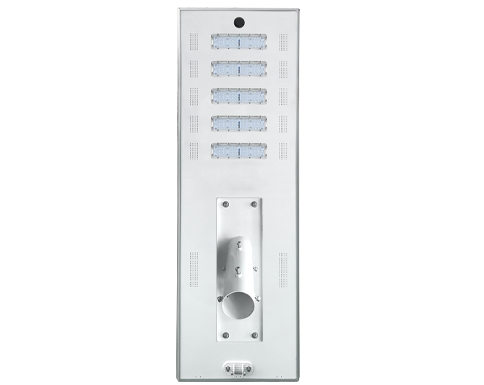
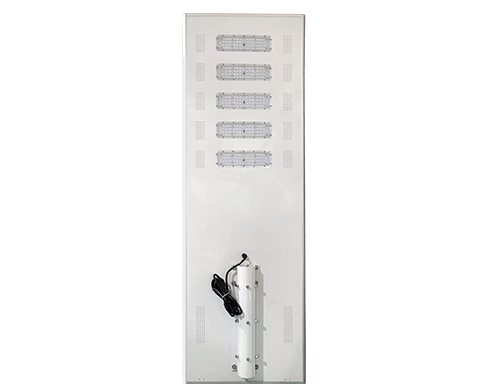
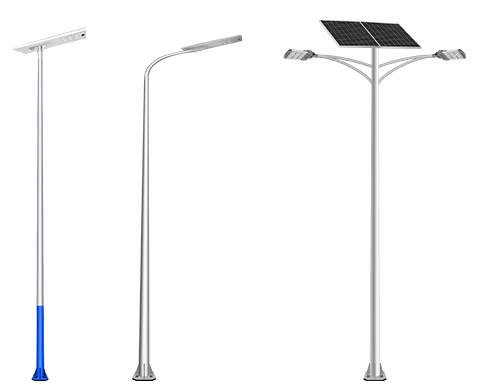
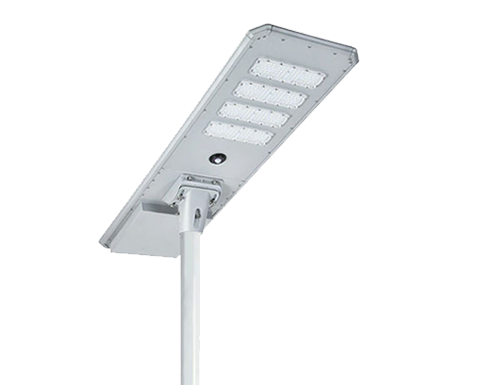
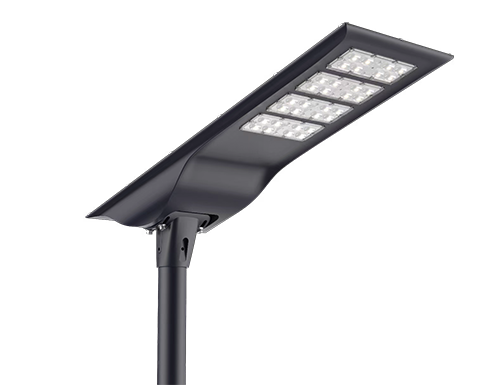
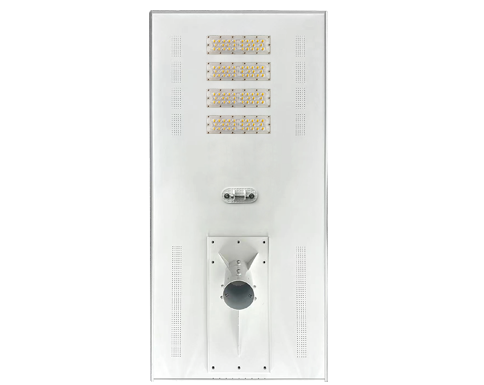

Please fill out the form below to start chatting with the next available agent.
Start Chat